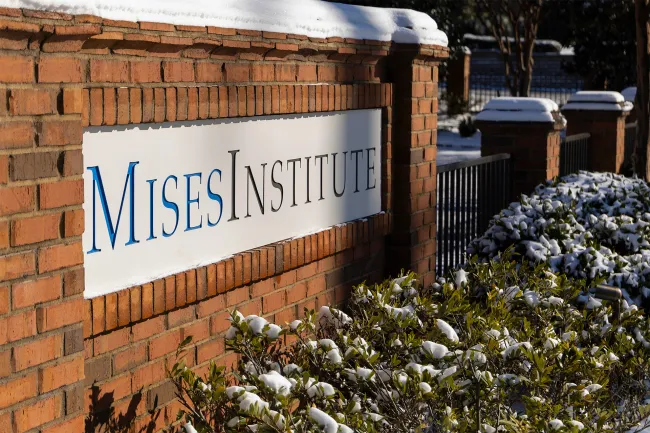On the night of the Boston Tea Party in 1773, American insurrectionists donned disguises and destroyed a shipment of tea imported by the East India Company. The protestors boarded privately owned ships in the harbor and threw the tea overboard. Later that night, the activists discovered another tea shipment that had been unloaded at a warehouse. Not content with having destroyed most of the company’s import, they broke into the warehouse and destroyed that tea, too. The total damages amounted to more than $1.5 million in today’s dollars.
This was the work of the Sons of Liberty, a group which would become known for acts of resistance, arson, and violence against tax collectors and other agents of the crown.
But why destroy the tea of a private company if the group’s target was the British state? The answer, of course, is that the East India Company was essentially an adjunct of the regime and private in name only. This was the era of mercantilism, when colonial governments used protectionism and monopoly powers to enrich the state and its supporters through supposedly private companies. The Sons of Liberty understood the system well and targeted the “private” East India Company.
The success of the American Revolution struck a heavy blow against the mercantilist system. But unfortunately, the wound was not mortal. Many old mercantilist policies persisted under new labels and were promoted with new claims of helping “the people.” The regime of the new republic, too, used the tools of cartelization, monopoly, regulation, and taxation to support certain corporate friends at the expense of ordinary people. Many names have been used for these neomercantilist practices, including cronyism and corporatism. In this issue of The Misesian, we explore the fine line between the state and private business.
Economist Patrick Newman discusses historical examples of cronyism from his forthcoming book, Cronyism: Rise of the Corporatist State, 1849–1929, which will be published by the Mises Institute this summer and is the second installment in his trilogy on American cronyism. Newman shows how neomercantilism persisted into the twentieth century, setting the stage for the financial corporatism we see today. We live in a modern economy of financial bailouts and other too-big-to-fail policies. It is all built on the old foundation laid by the American crony state. He writes, “Mainstream historians say that the Federal Reserve and other interventions helped the public. . . . But if there was one group that lost out in the rise of the corporatist state, it was precisely the American people . . . who consumed and worked and belonged to no special-interest group.”
An important detail behind it all is that it is often the private-sector elite—the billionaire class— that calls for ever-higher levels of regulation and government intervention. Why would they do this? Because big government often benefits so-called big business.
But how do we decide if a private company is truly private or if it’s part of the cronyist machine? In these pages you’ll also find a detailed interview with economist Robert Murphy, who lays out some criteria for how we can interpret the complicated relationships between private businesses and state power in an age of bailouts, censorship, and easy money.
In any case, we can never simply take it for granted that an organization that calls itself a “private company” is truly independent


